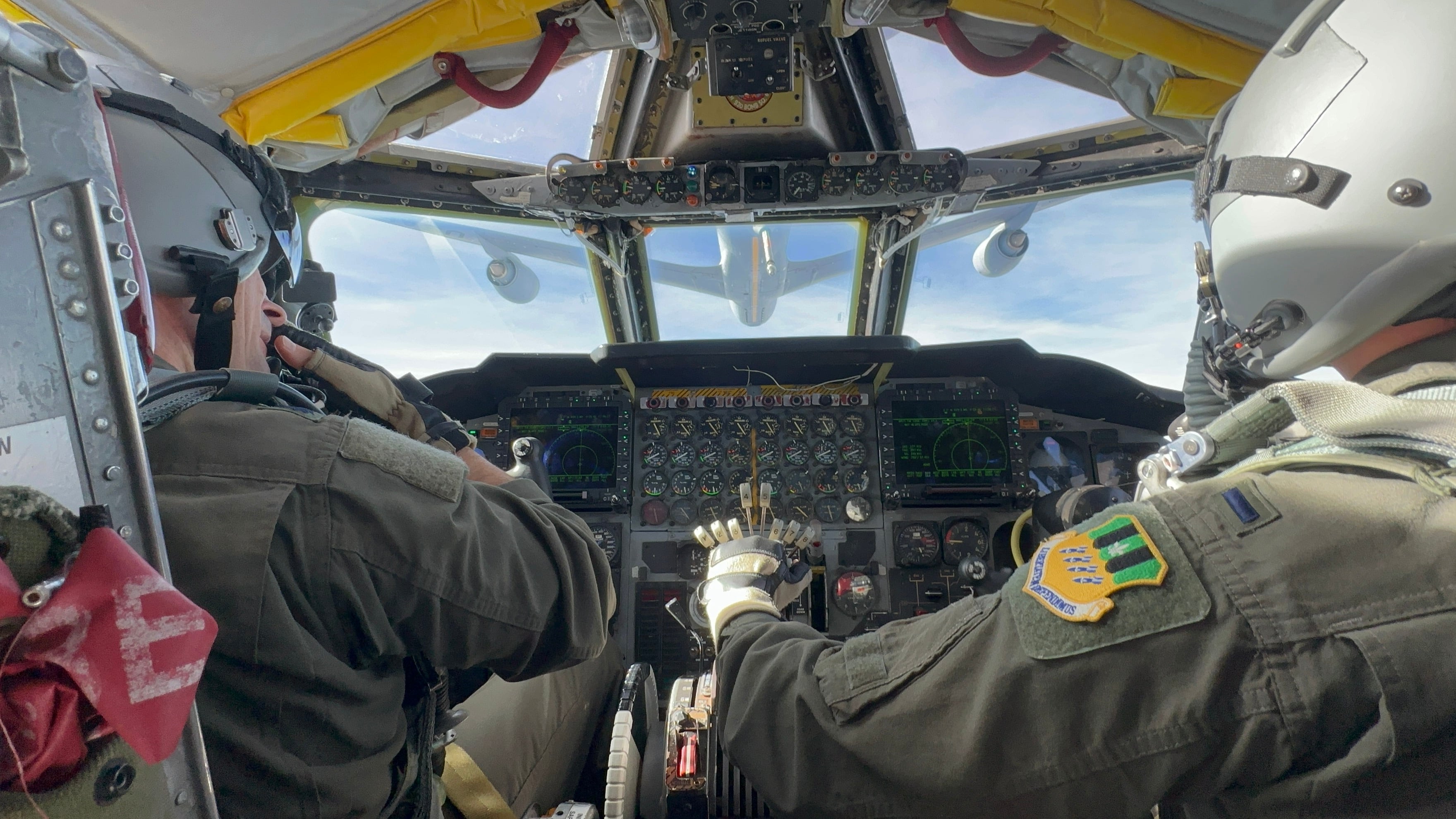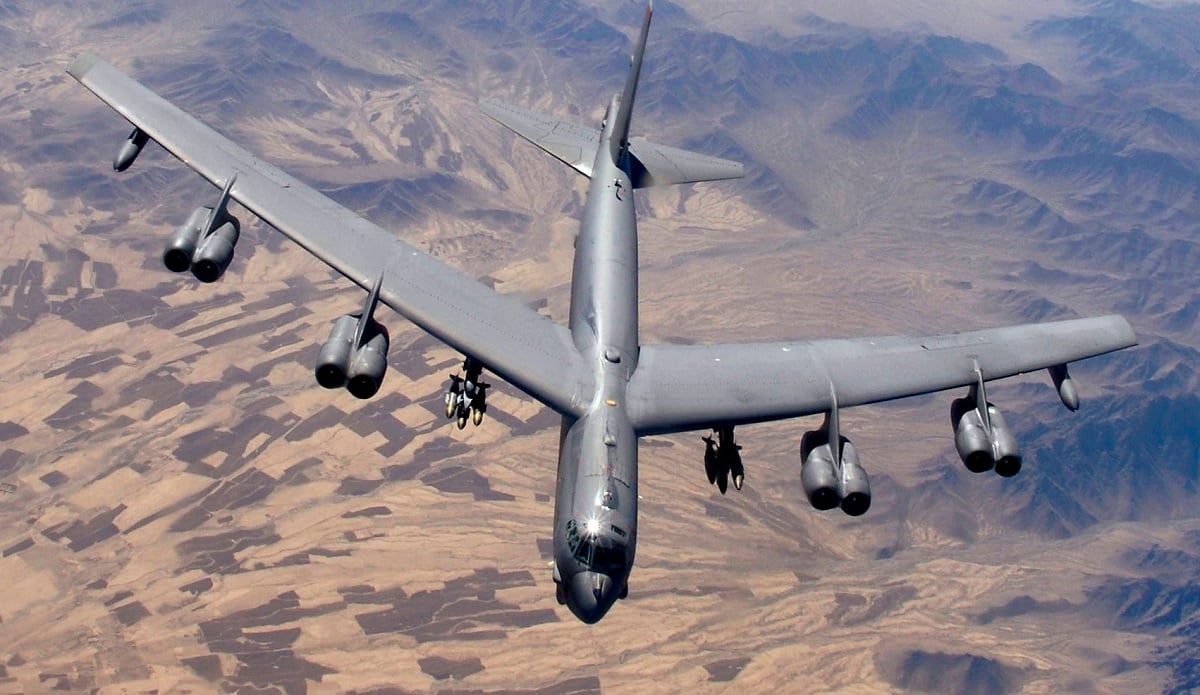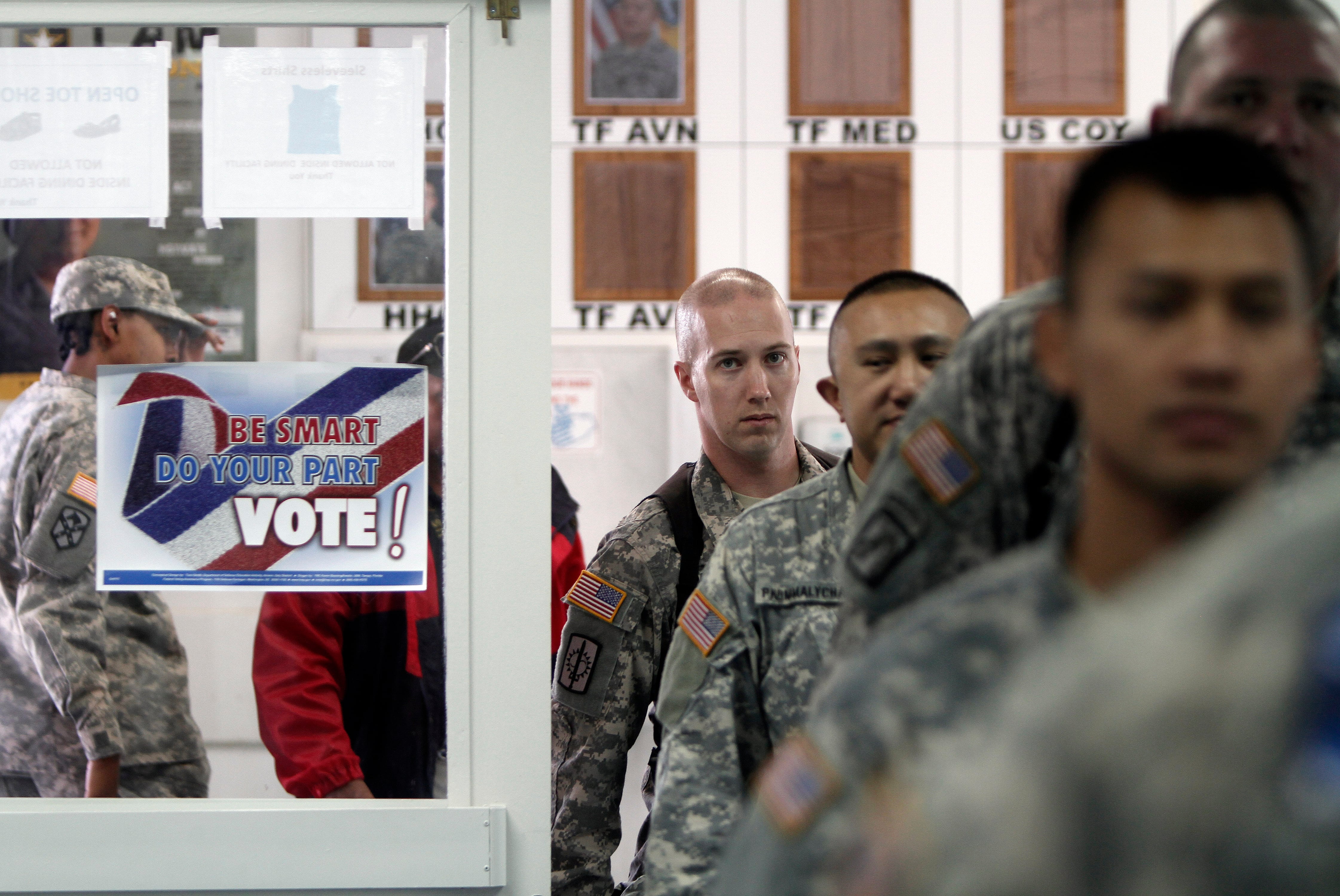Life aboard the military’s oldest bombers could become a little cozier under new legislation proposed on Capitol Hill.
The House’s version of the 2025 defense policy bill wants to improve living accommodations aboard the B-52 Stratofortress, the Air Force’s long-range, nuclear-capable bomber in use since the 1960s.
RELATED

The House Armed Services Committee calls on the Air Force secretary to look into “potential modifications to improve crew comfort″ aboard the B-52 and report back to lawmakers by Feb. 1, 2025.
“B-52 crews are flying longer missions, some approaching 24 hours long,” the committee wrote. “Crew comfort on the longer missions is important for crew fatigue.”
The most strenuous Stratofortress missions can last upward of 30 hours, like one 33-hour trek that ferried a CNN crew over more than 13,000 miles in April. That can be especially true in the vast Pacific, where the bombers routinely fly training sorties and missions aimed at deterring aggression in the region.
While it remains to be seen what new amenities the B-52 community might come up with, it’s no secret that the bomber isn’t exactly the lap of luxury.
Tight quarters and the deafening roar of its eight engines make the act of counting sheep a hard-fought battle; there’s only one bunk where fading airmen can catch some shuteye.
The plane’s seats can force its five-person crews to spend hours hunched over, making their backs creak with stiffness. Options for entertainment and cooking are few. And urinals without a curtain dare service members to forgo privacy when nature calls. If someone absolutely must go No. 2, they’re required to store it in a trash bag that stays along for the ride until the jet lands.
RELATED

Boosting the B-52′s livability could make missions more manageable for airmen who are expected to continue flying onboard the bomber for nearly four more decades.
The Air Force is in the midst of a massive modernization effort to outfit the Stratofortress fleet with new engines and an array of tools that can streamline airmen’s jobs in flight and make the jets more formidable in combat.
As part of that initiative, the service will test how adding a signals jammer, originally developed for the Navy’s EA-18G Growler, could turn the B-52 into an electronic-attack plane. The Next-Generation Jammer Mid-Band is an external pod that can “disrupt and degrade enemy air defense and ground communication systems,” according to the Navy.
Lawmakers want the Air Force secretary to brief HASC by Feb. 1, 2025, on the schedule for that demonstration and how B-52 crews could leverage the jammer in a real-world fight.
Riley Ceder is a reporter at Military Times, where he covers breaking news, criminal justice, investigations, and cyber. He previously worked as an investigative practicum student at The Washington Post, where he contributed to the Abused by the Badge investigation.




